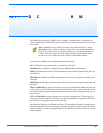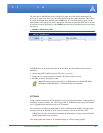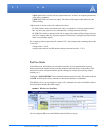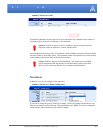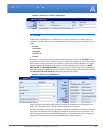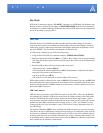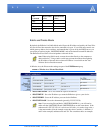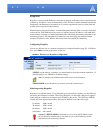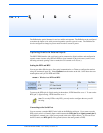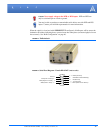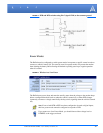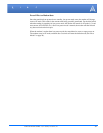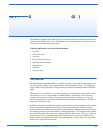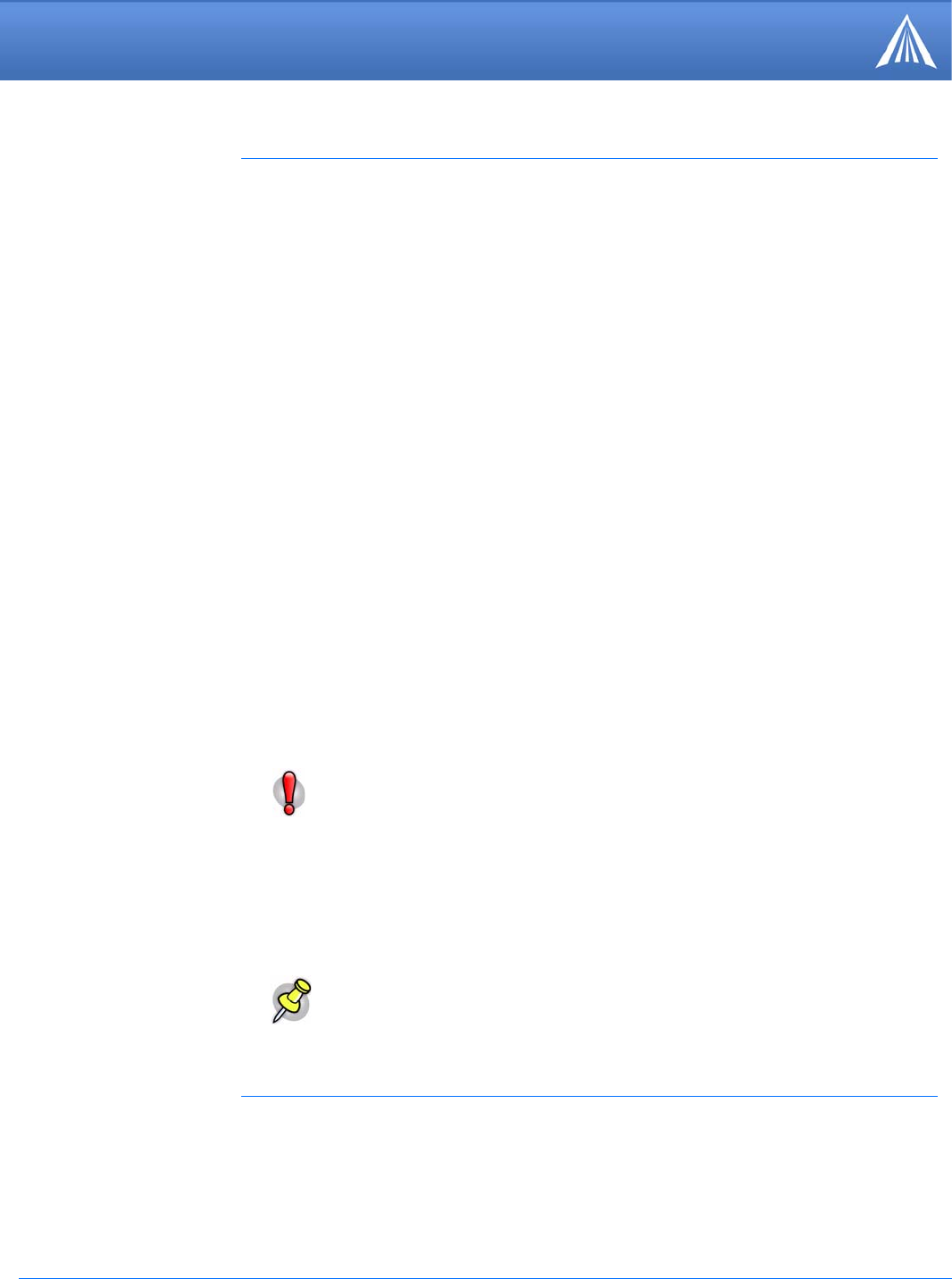
PinPoint EDGE/GPRS - User Guide, version 2.32 27
Data Communication and Host Modes
TCP PAD
When the PinPoint is in a TCP session, all characters received on the serial port are assembled
into TCP packets and sent to the mode's remote IP address/port, and any packets received from
the remote end of the TCP connection are disassembled and dumped onto the serial line.
A TCP connection is established by one of the following methods:
• Using the Dial TCP (DT) AT command (for example, ATDT192.168.3.23/3456)
• TCP auto answer is enabled (S1), a TCP connection request is received, and the modem is not
in a data session.
• Data is received on the serial port and
• The Startup Mode Default (MD) is 4 (auto TCP)
• The remote TCP destination, as defined in S53, successfully responds to the TCP connection
request.
The value of S7 (TCP Connection Time-out) specifies the number of seconds to wait, after initiat-
ing a TCP connection attempt, for a successful connection to be established. If the connection has
not been successfully established before the time-out occurs, ERROR/BUSY is returned.
TCP packet assembly is affected by the values of S50 (PAD Forwarding Time-out) and S51 (PAD
Forwarding Character). Data received in the serial buffer will be transmitted when the idle inter-
character time-out specified in S50 (in tenths of seconds) occurs or when a character is received
that matches S51 (if non-zero).
The TCP session will be terminated if no data is transmitted or received for the time interval spec-
ified in TCPT and TCPS. TCPT is the number of minutes (TCPS=0) or seconds (TCPS=1) used
for this idle time-out.
Caution: TCPT should never be 0 when using the TCP mode. A broken TCP ses-
sion can result in the modem being left with a TCP half-open connection that can
only be terminated with a reset.
TCP Auto Answer
TCP auto answer (S0=1|2) also allows a TCP connection request to be "answered" when the
modem is idle, not in a data session. The TCP connection request's destination port has to match
the modem's device port.
Note: UDP auto answer may also be set simultaneously with TCP auto answer.
Then, when in the idle state, the modem will accept either a TCP connection
request or UDP incoming packet, and enter a TCP or UDP session as appropriate.
Hybrid Modes
Some previous hybrid modes (MD=5, 6) are no longer implemented as special, unique modes.
Now that UDP auto answer (UDP Half-open, S82=2) can be enabled in conjunction with UDP
PAD mode (MD3), effectively this is the same as MD5 and MD6 previously accomplished. Set
-
ting MD5 and MD6 are still supported, but not recommended.




